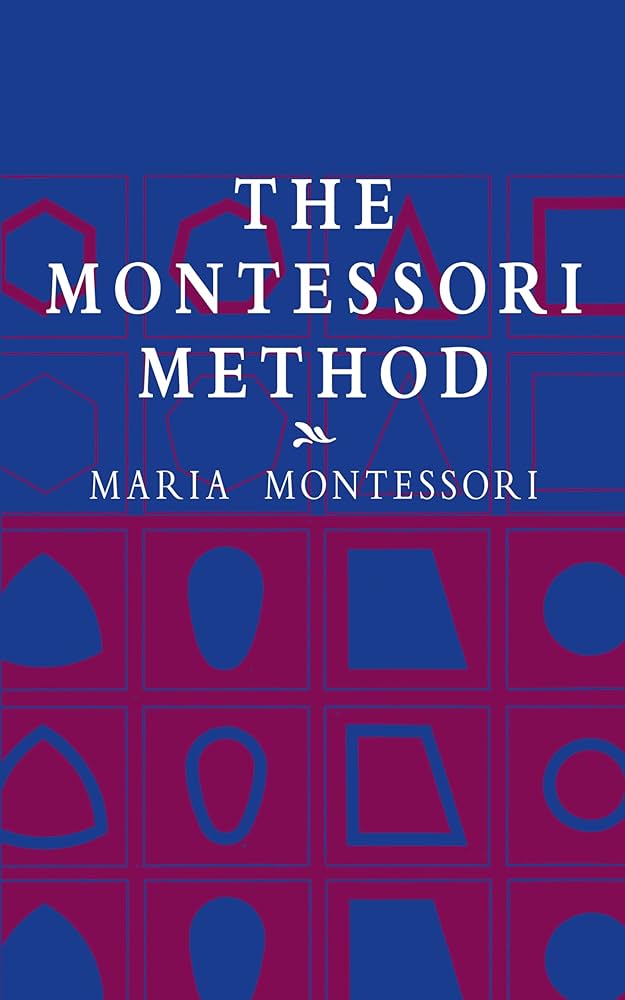
The Montessori Method by Maria Montessori: A Comprehensive Guide
Introduction
The Montessori Method is a revolutionary educational approach developed by Maria Montessori, an Italian physician and educator. This method emphasizes child-centered learning, which fosters independence, curiosity, and a love for learning. In this article, we will delve into the key principles of the Montessori Method, explore its benefits, and provide practical insights.
Key Principles of the Montessori Method
1. Child-Centered Learning
The Montessori Method places the child at the center of the learning process. The classroom environment is designed to allow children to explore and discover at their own pace, fostering a sense of independence and self-motivation.
2. Prepared Environment
A well-prepared environment is crucial for the Montessori Method. This includes child-sized furniture, accessible materials, and a layout that encourages movement and interaction.
3. Mixed Age Groups
Montessori classrooms typically include mixed age groups, allowing younger children to learn from older peers and older children to reinforce their knowledge by teaching others. This promotes a sense of community and collaboration.
4. Hands-On Learning
Hands-on learning is a cornerstone of the Montessori Method. Children use a variety of materials to explore concepts in a tangible way, which helps to solidify their understanding and retention of information.
Benefits of the Montessori Method
1. Fosters Independence
By allowing children to make choices and take responsibility for their learning, the Montessori Method helps to develop a strong sense of independence and self-discipline.
2. Encourages Curiosity and Creativity
The freedom to explore and discover fosters a natural curiosity and creativity in children, which can lead to a lifelong love of learning.
3. Develops Social and Emotional Skills
Working in mixed age groups and engaging in collaborative activities helps children to develop essential social and emotional skills, such as empathy, cooperation, and conflict resolution.
Practical Insights for Implementing the Montessori Method
1. Setting Up a Prepared Environment
To create a prepared environment, consider the following elements:
- Child-sized furniture and materials
- Accessible shelves and storage
- A variety of hands-on learning materials
- Areas for individual and group activities
2. Encouraging Independence
Provide opportunities for children to make choices and take responsibility for their learning. This can include allowing them to choose their activities, set their own pace, and take care of their environment.
3. Supporting Mixed Age Group Interactions
Create a classroom community that encourages older children to mentor younger peers and provides opportunities for collaborative learning and problem-solving.
Conclusion
The Montessori Method, developed by Maria Montessori, offers a unique and effective approach to education that places the child at the center of the learning process. By fostering independence, curiosity, and creativity, and by promoting social and emotional development, the Montessori Method provides a strong foundation for lifelong learning and success.
References
For more information, visit our website and blog:



